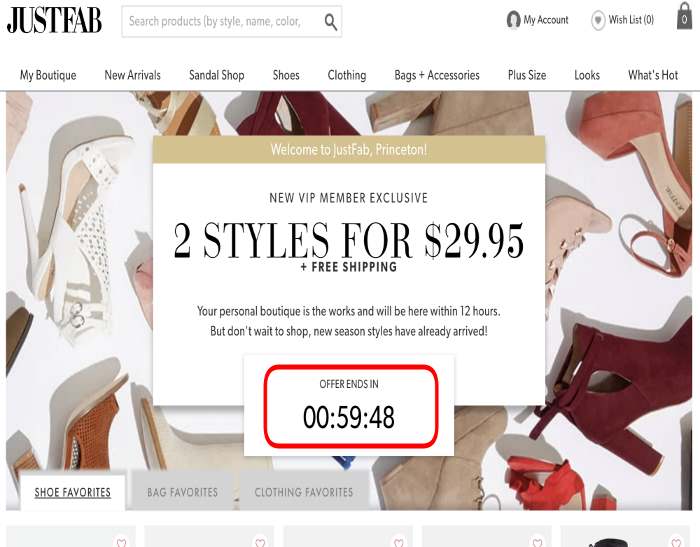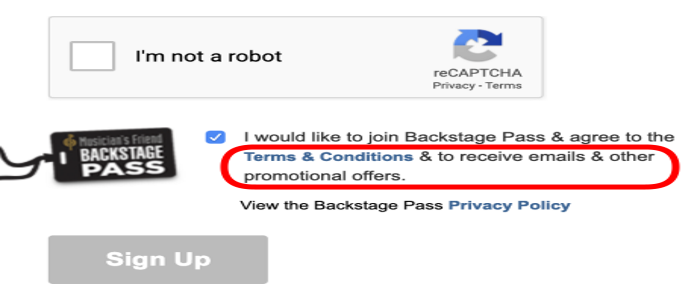Let’s be honest, everyone promotes a product or an online service if there’s a profit (or benefit) associated to it.
Shopping websites are no different. They promote brands/products with a proper strategy (it could be a flash sale, limited time deal, or similar). If you have logged in to an online shopping websites, I’m sure you must be aware of it personally.
But, it is tough for an average consumer to figure out all the strategies these shopping websites have in place in order to manipulate their purchase decisions.
So, it depends – what pattern would you call deceptive and what you would tag as a genuine method of promotion.
In this article, we share some insights which should help you make better purchase decisions without being influenced by a shady shopping site.
Note: While this may not be applicable for all the major online shopping stores – but there’s a lot of new shopping sites online as well. So, you should be careful.
How do you figure out a pattern of deceptive strategies from thousands of shopping websites?

To address this, a couple of researchers from Princeton University and the University of Chicago conducted a large-scale study by analyzing almost 53K product pages and 11K shopping websites.
In their research, they call these “dark patterns“. Here’s what they mention:
Dark patterns are user interface design choices that benefit an online service by coercing, steering, or deceiving users into making unintended and potentially harmful decisions
So, I decided to use these insights to highlight some of the patterns that you should really know and take care of while shopping online. If you want to read the original research paper instead, you can do so here.
Overview
To sum up the findings, they’ve pointed a few things that you should note here:
- We discovered 1,818 instances of dark patterns on shopping websites, which together represent 15 types of dark patterns.
- These 1,818 dark patterns were present on 1,254 of the ∼11K shopping websites (∼11.1%) in our data set. Shopping websites that were more popular, according to Alexa rankings, were more likely to feature dark patterns.
- We demonstrate which of the dark patterns that we discovered rely on consumer deception. In total, we uncovered 234 instances of deceptive dark patterns across 183 websites.
- We identify 22 third-party
entities that provide shopping websites with the ability to create darkpatterns on their sites. Two of these entities openly advertise practicesthat enable deceptive messages.
Fret not, if you don’t understand any of these – I’ll give you a short description (in plain English) as you read on..
You Might Also Like – How to Watch Hindi Movies Online for Free (Legally)?
What are those “Dark Patterns” usually?
It’s not rocket science to figure out some of the common shady practices that the shopping websites have been using for ages. But, this research paper highlights some interesting insights.
I’d like to list out some of the most common patterns:
Scarcity

If you think that a product has limited stocks available – you are more likely to think about it.
You get a low-stock message or a high-demand message which compels you to think about that specific product (as per the researchers – increasing the desirability).

You don’t really have the means to verify the stock available, right? So, unless the brand mentions that it is a limited edition (or few stocks available), it is very likely to be in stock. If not the same day, you will observe the product pop up after a couple of days.
Forced Action

When you sign up, some of the shopping sites tend to force you to agree to its Terms & Conditions along with the email newsletters (for promotions and announcements).
This is totally bad (BS). You should be given the option to subscribe to their email newsletter separately.
Social Proof

This is very common for new ecommerce businesses. They tend to show you that others are purchasing that particular product or they simply include a testimonial from a customer on their web page.
You don’t really care to verify these, do you? You get deceived in a way because you do not have an option to verify those claims most of the time.
So, this is really a shady practice. I’ve personally observed this in a couple of websites (even if it’s not an ecommerce site)
Misdirection / Confusion

You might have observed some obvious offers like this one in the image above.
Who would be so dumb to refuse a 15% offer, right? But, here’s where you are wrong.
When you click on “I’d like the discount“, you might be offered a subscription or something similar. In case there are no other conditions – it is just something to increase the product’s desirability.
Wrapping Up
It is obvious that shopping websites are implementing a lot of shady techniques to encourage you.
Well, sometimes – it may be a good thing (involving a good deal). But, you should always know, sometimes it is – “too good to be true”.
I hope this article helps you, your family and your friends to stay away from shopping sites which utilize dark patterns to lure customers.
It is easy to make a purchase but harsh to regret it. Happy shopping!
Also Read: